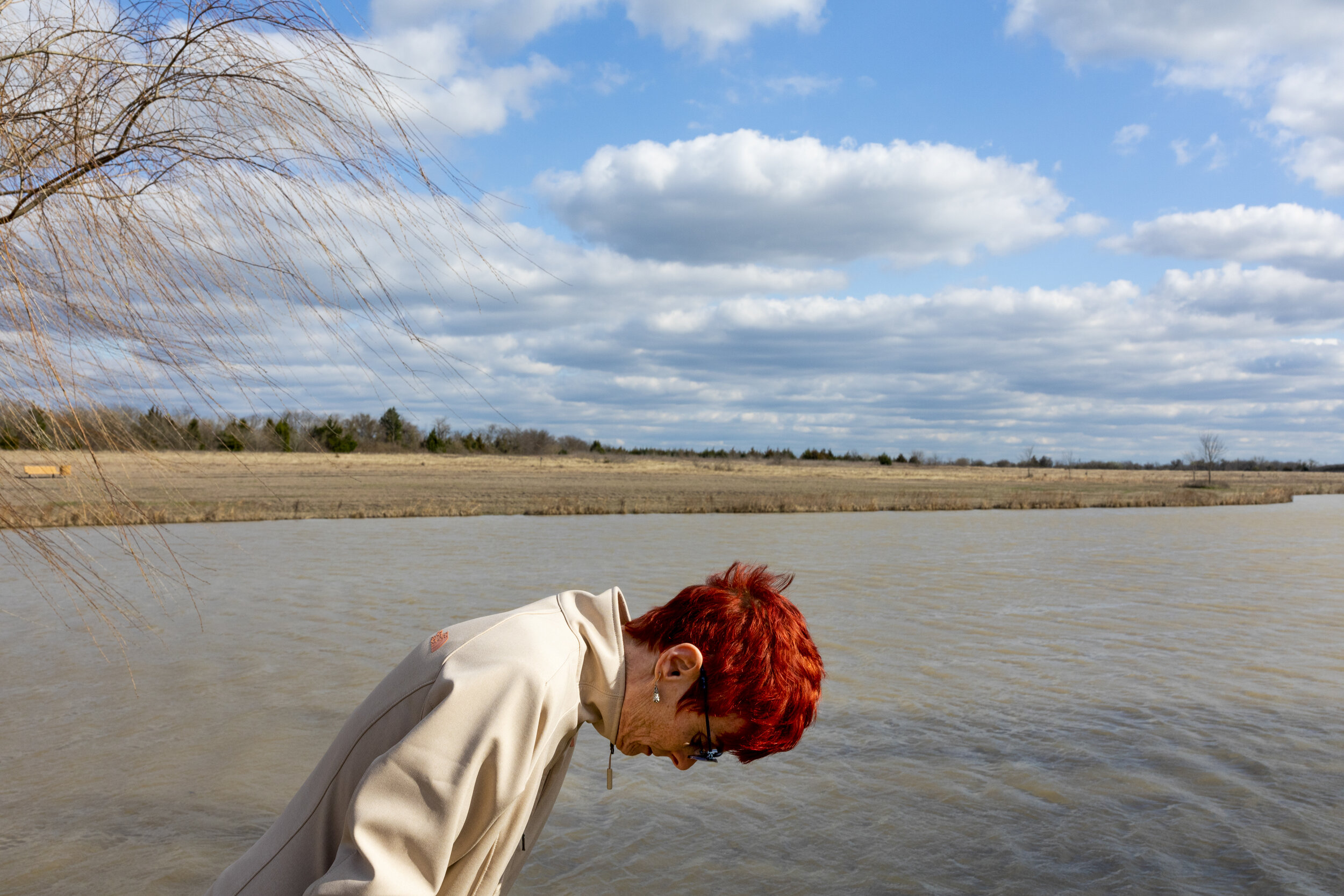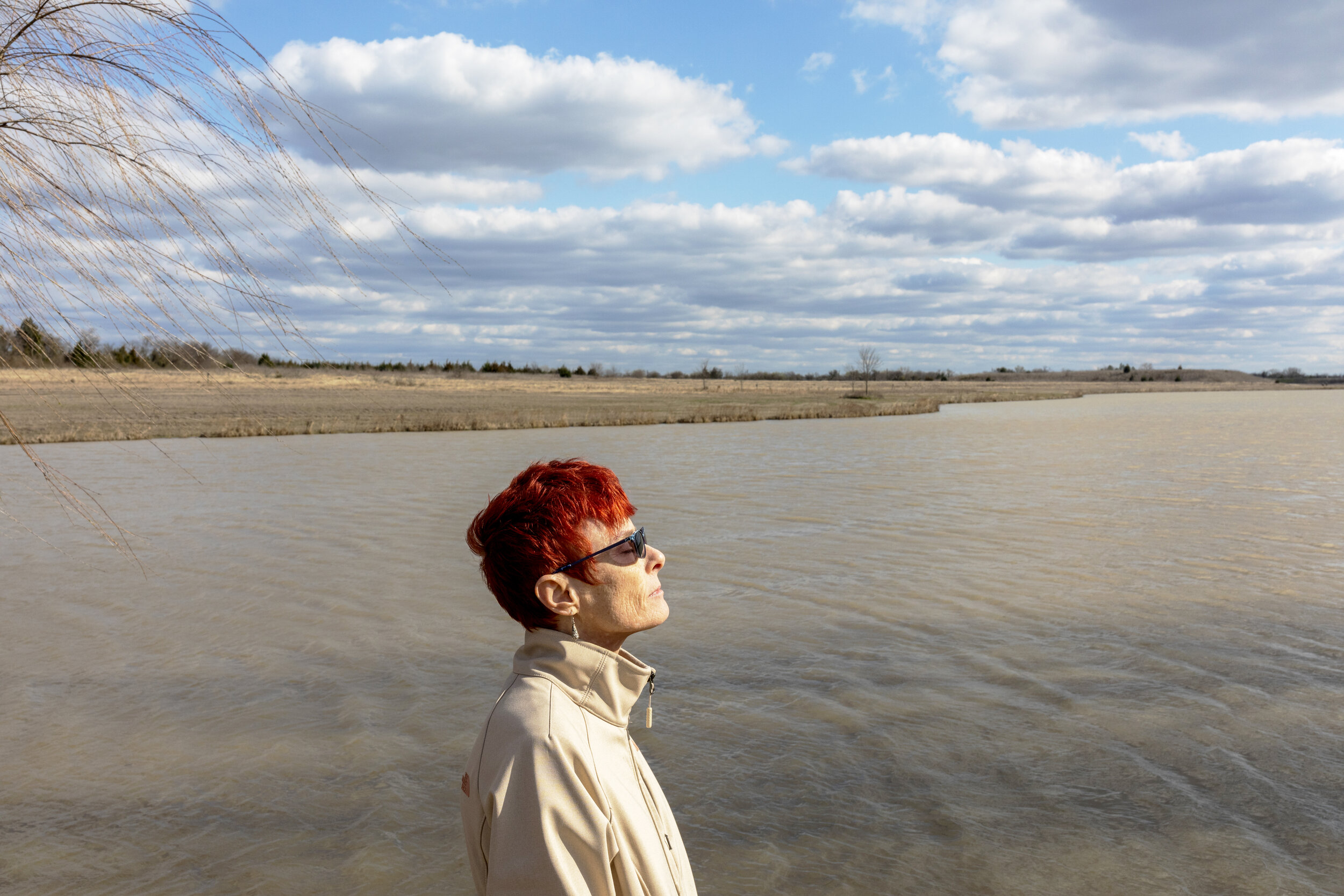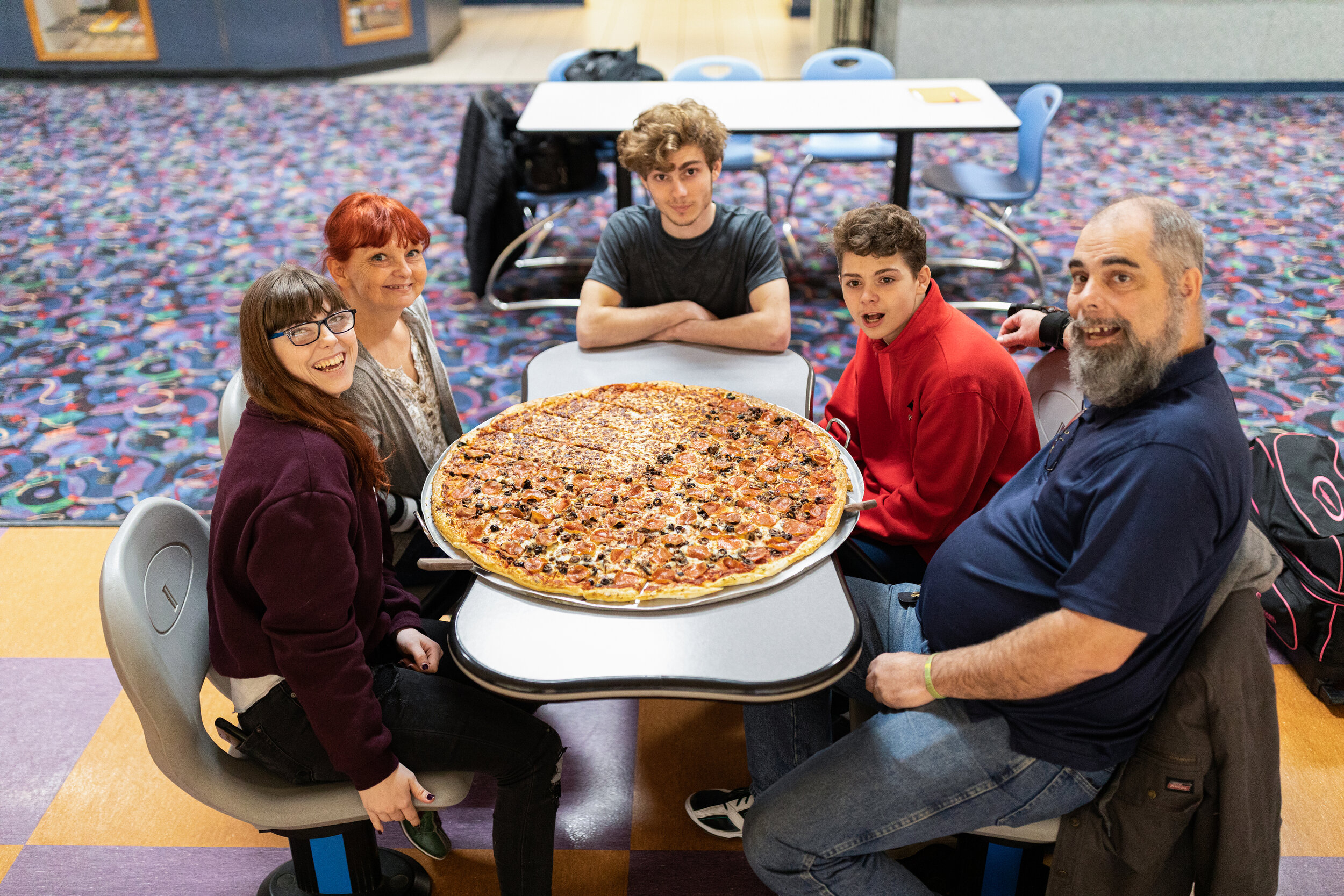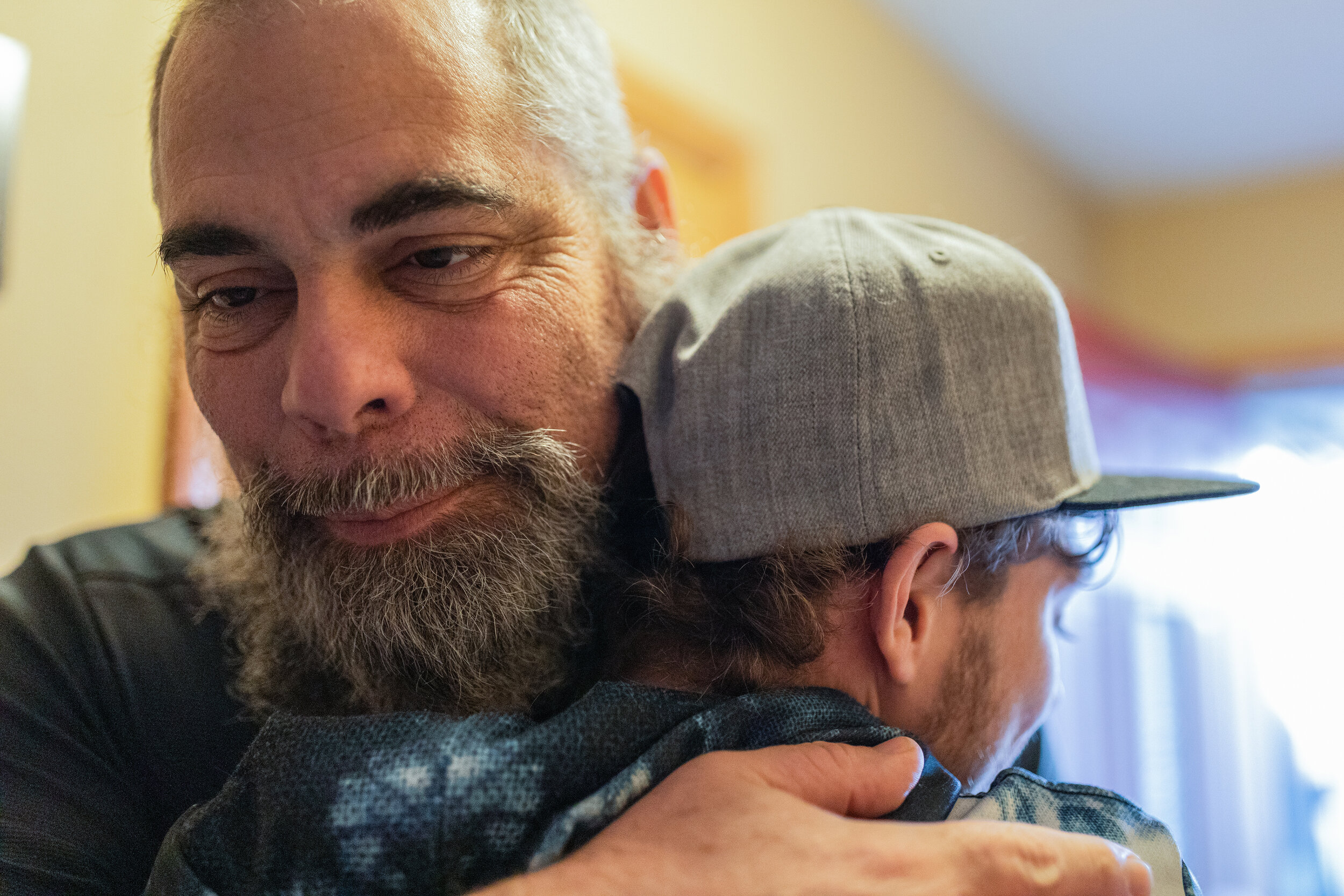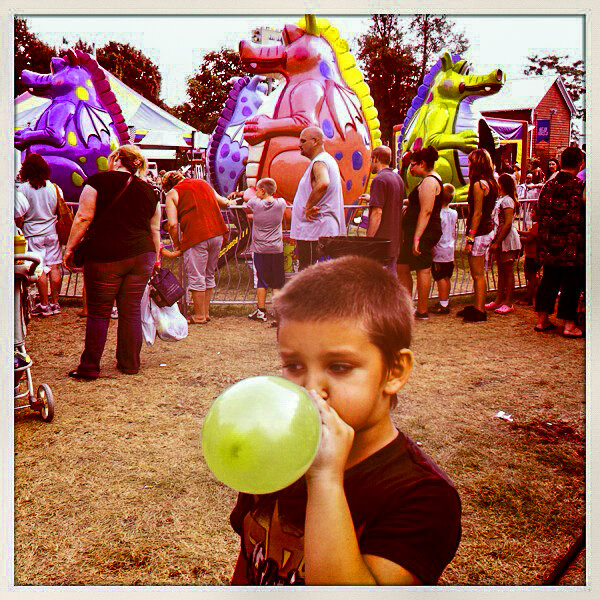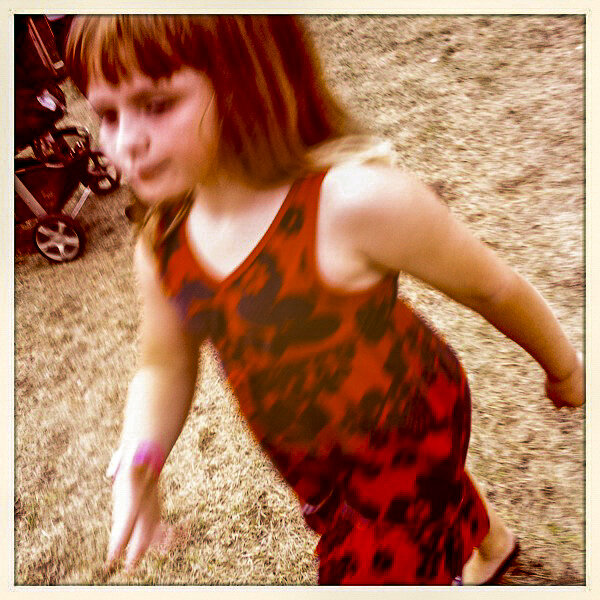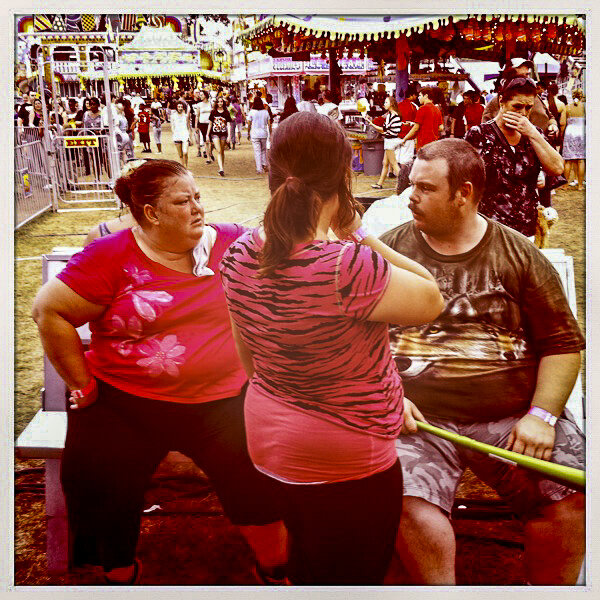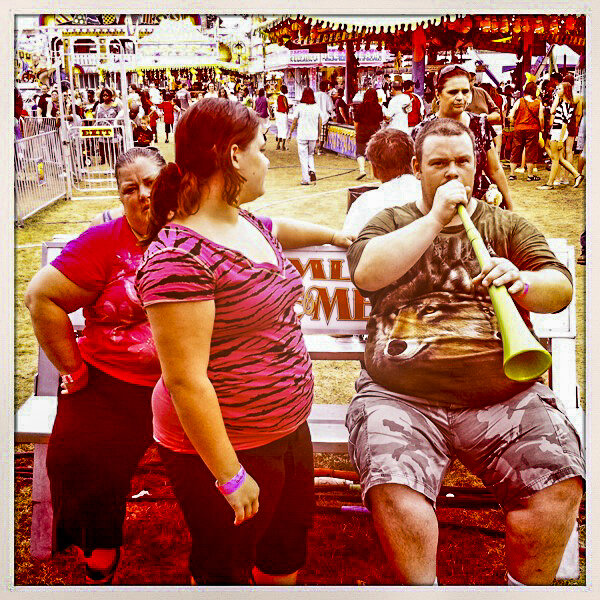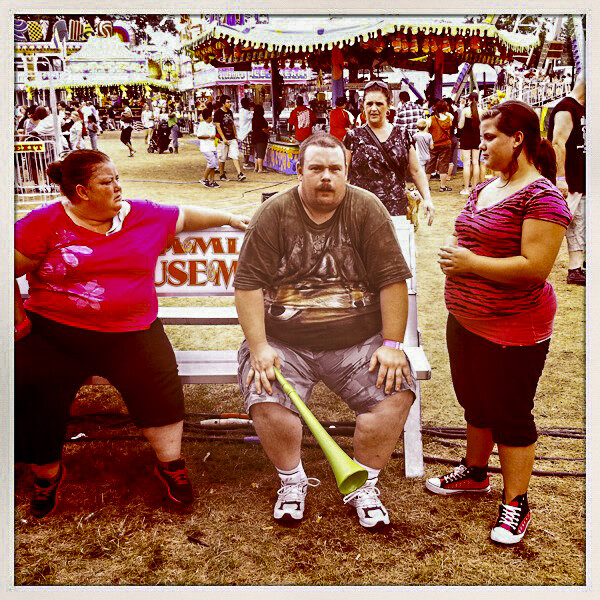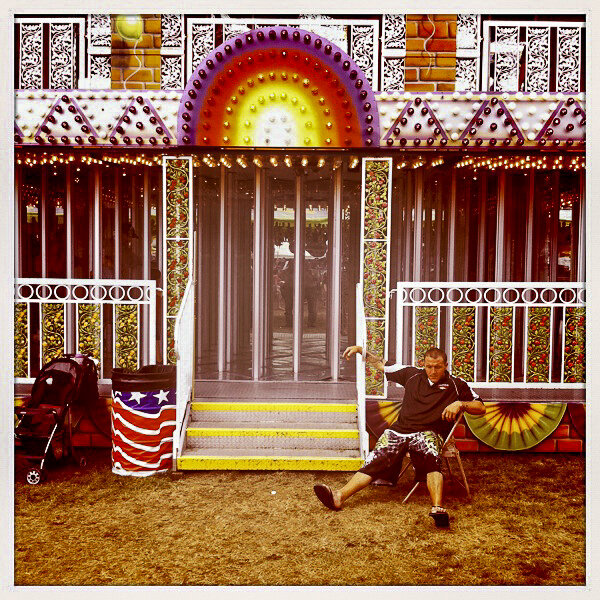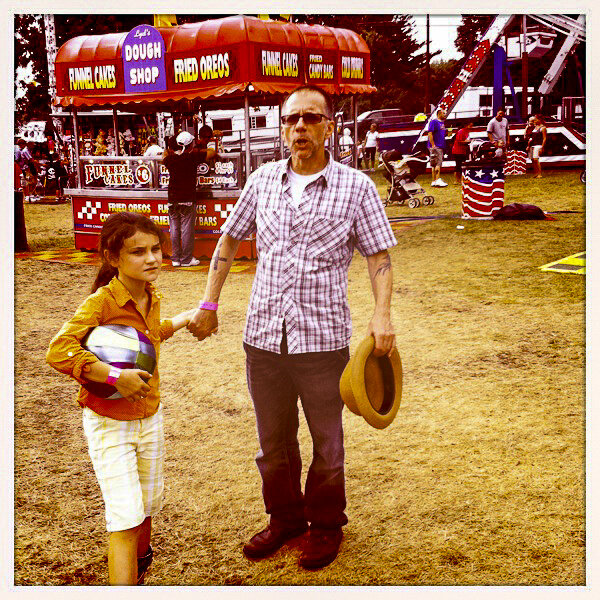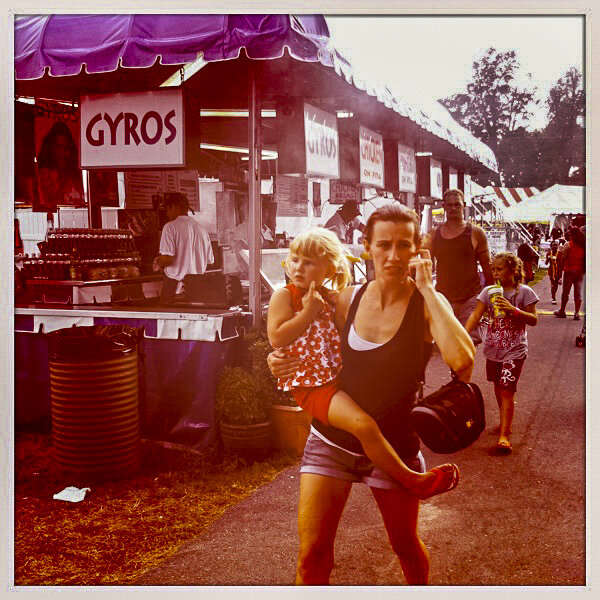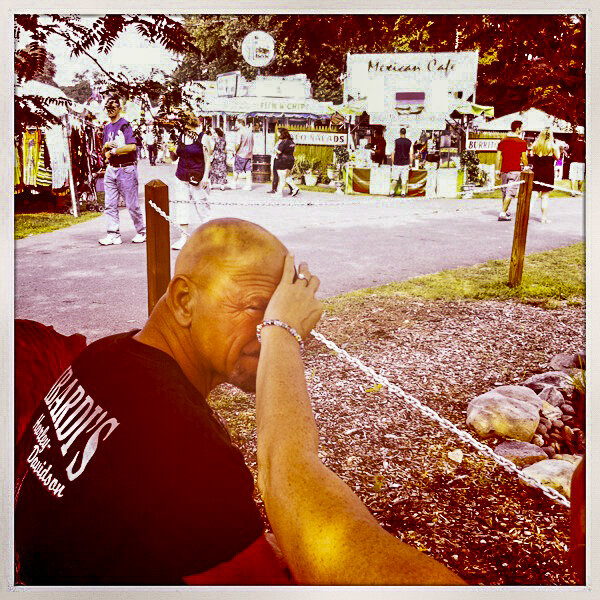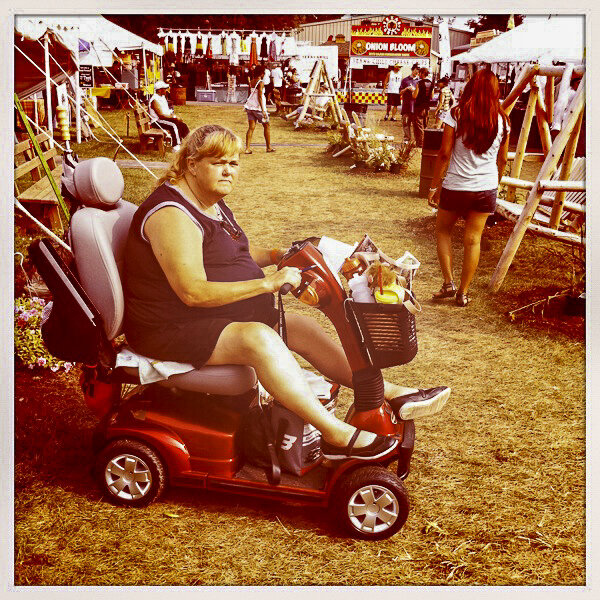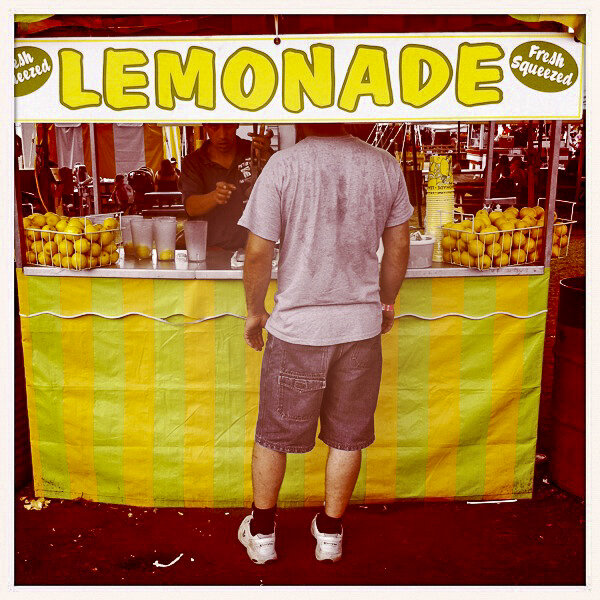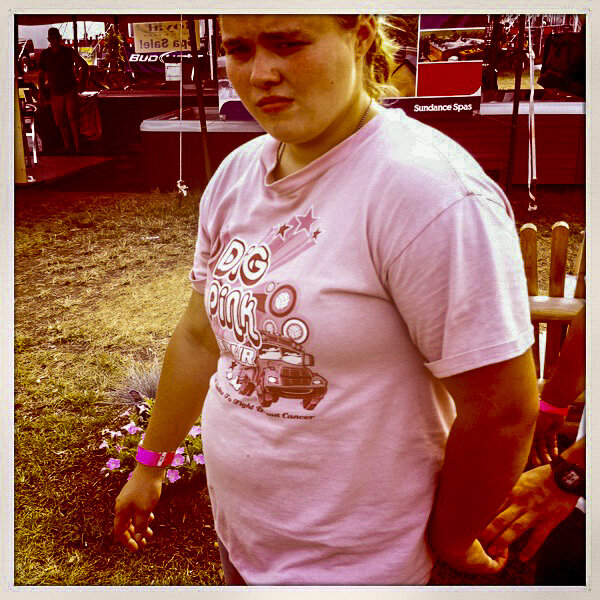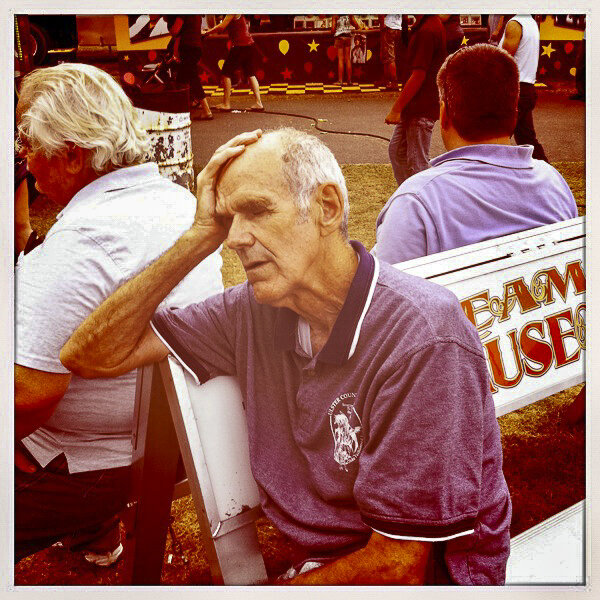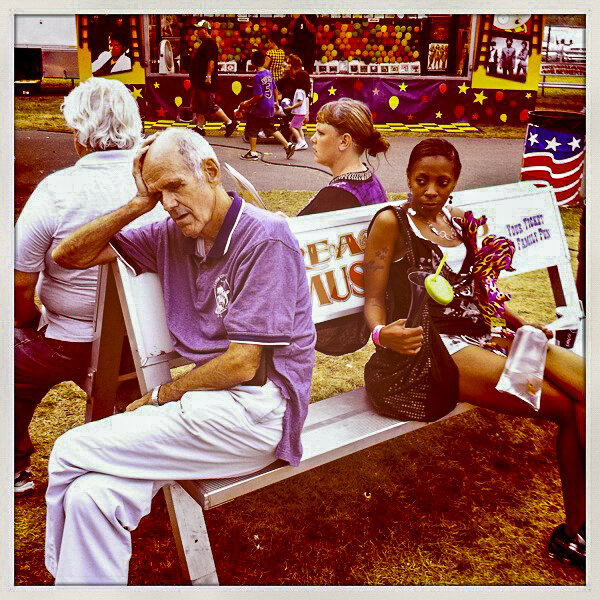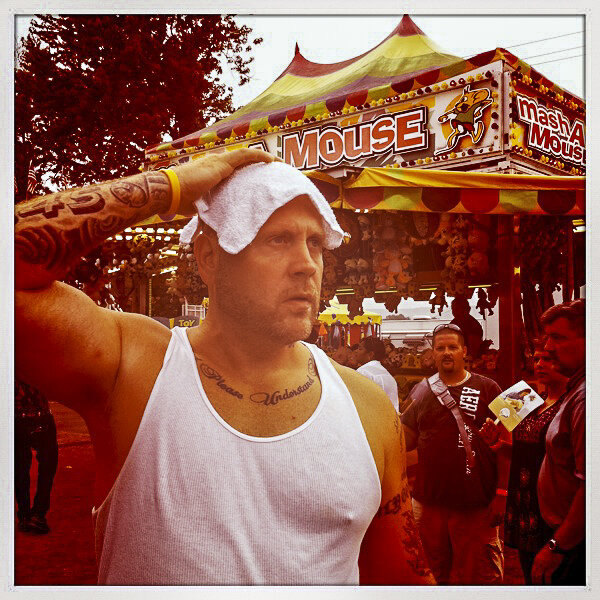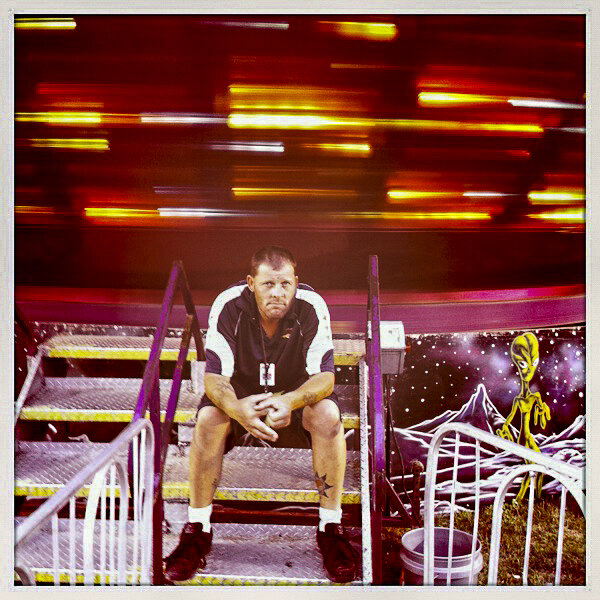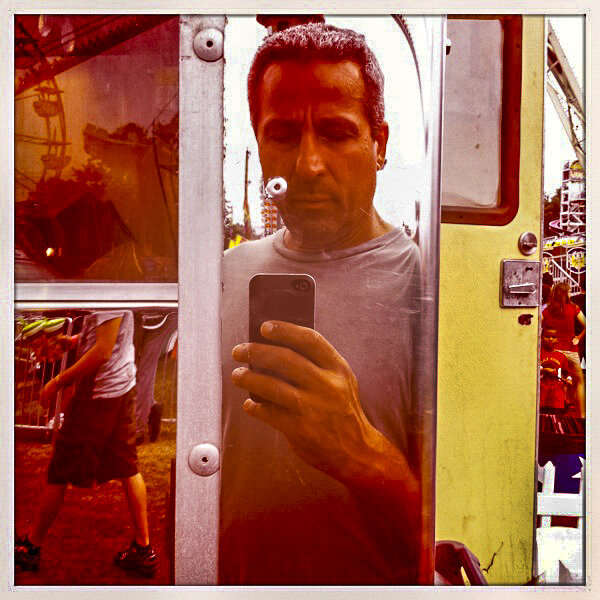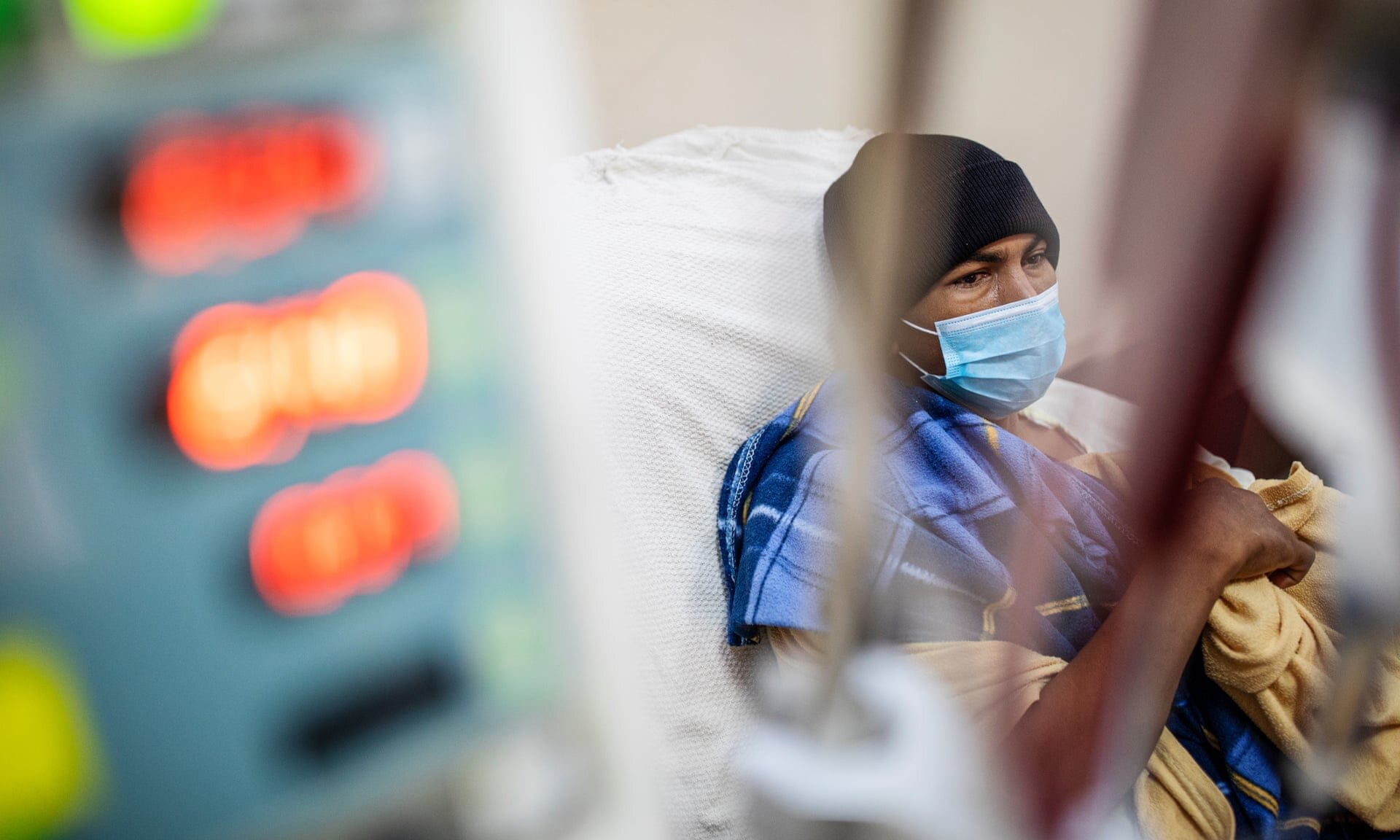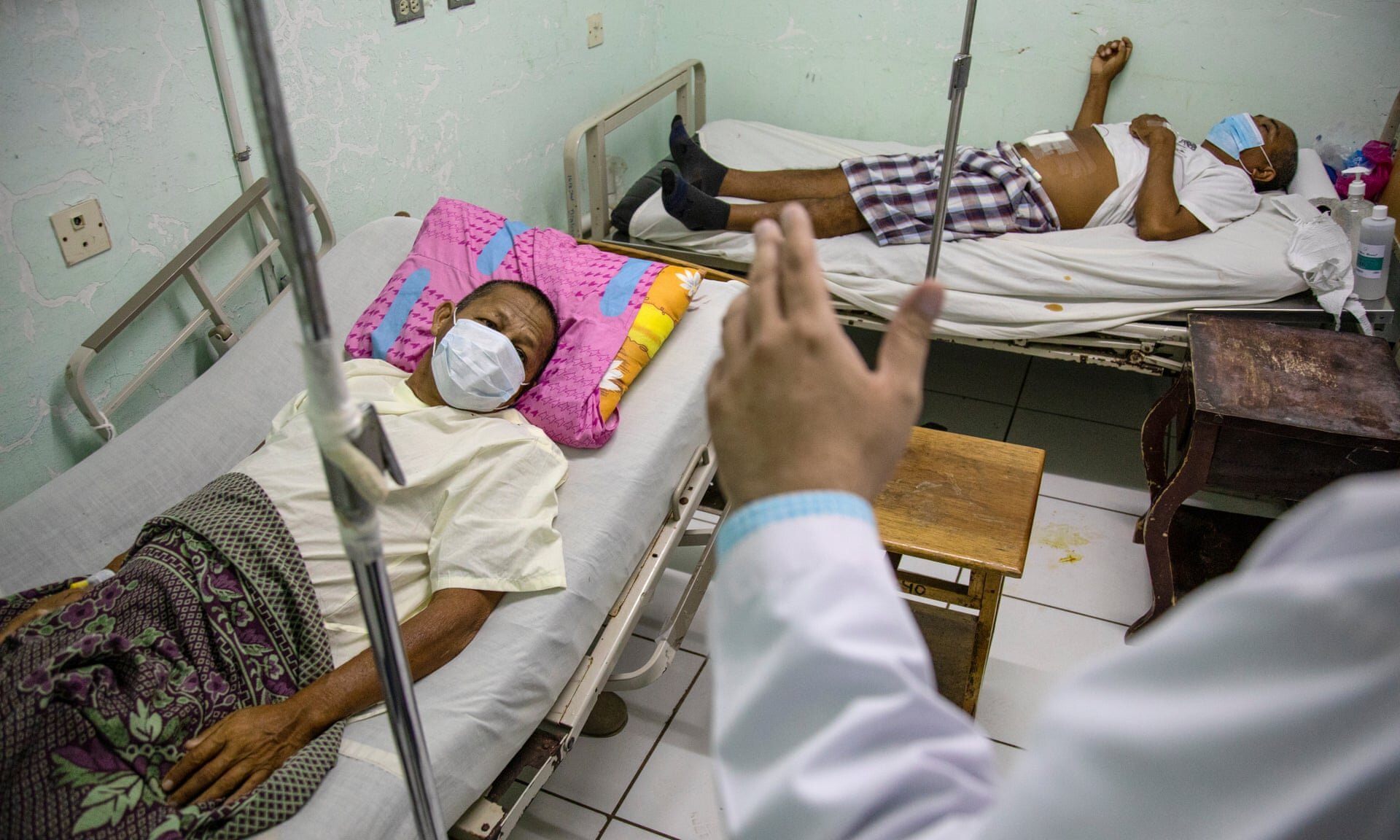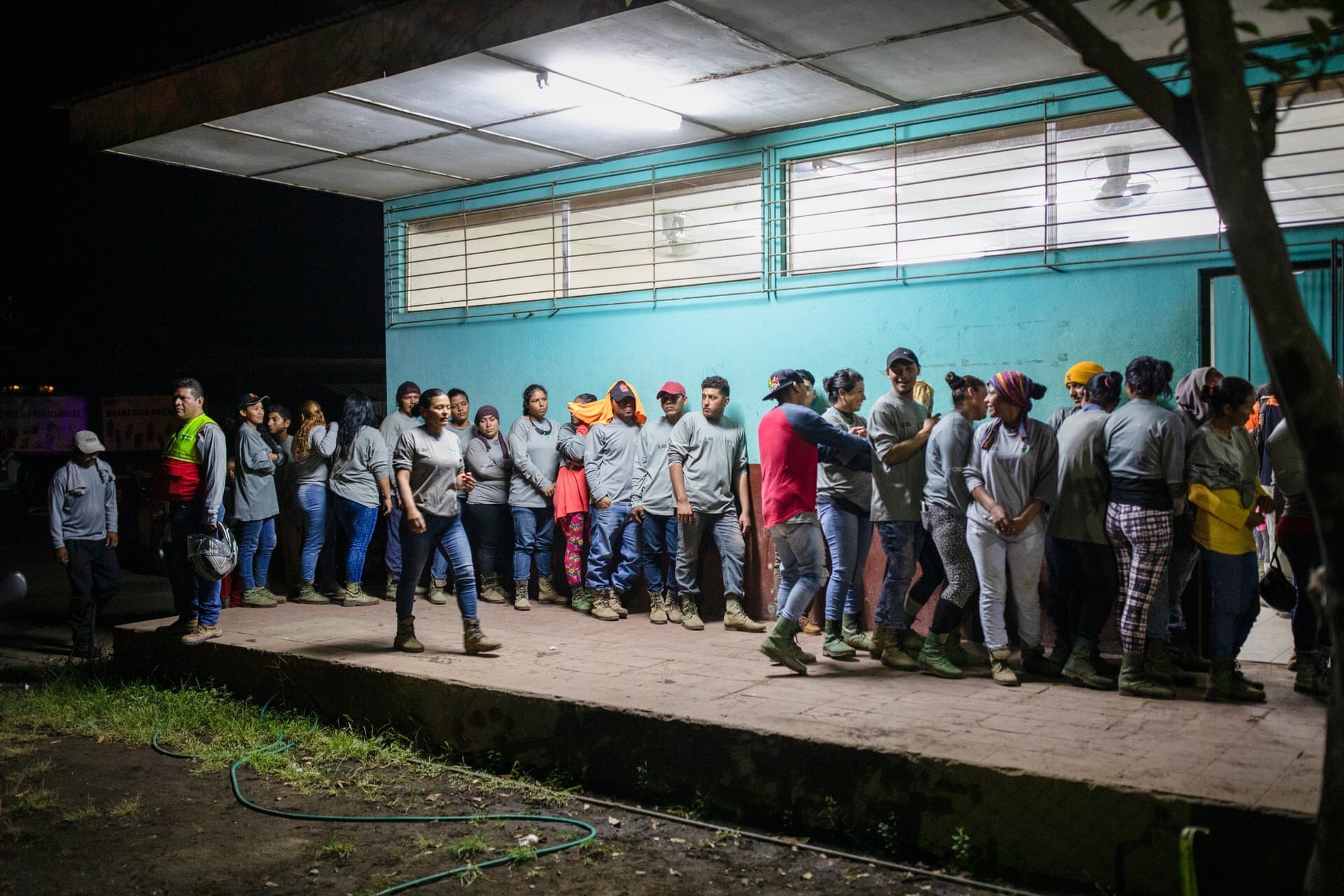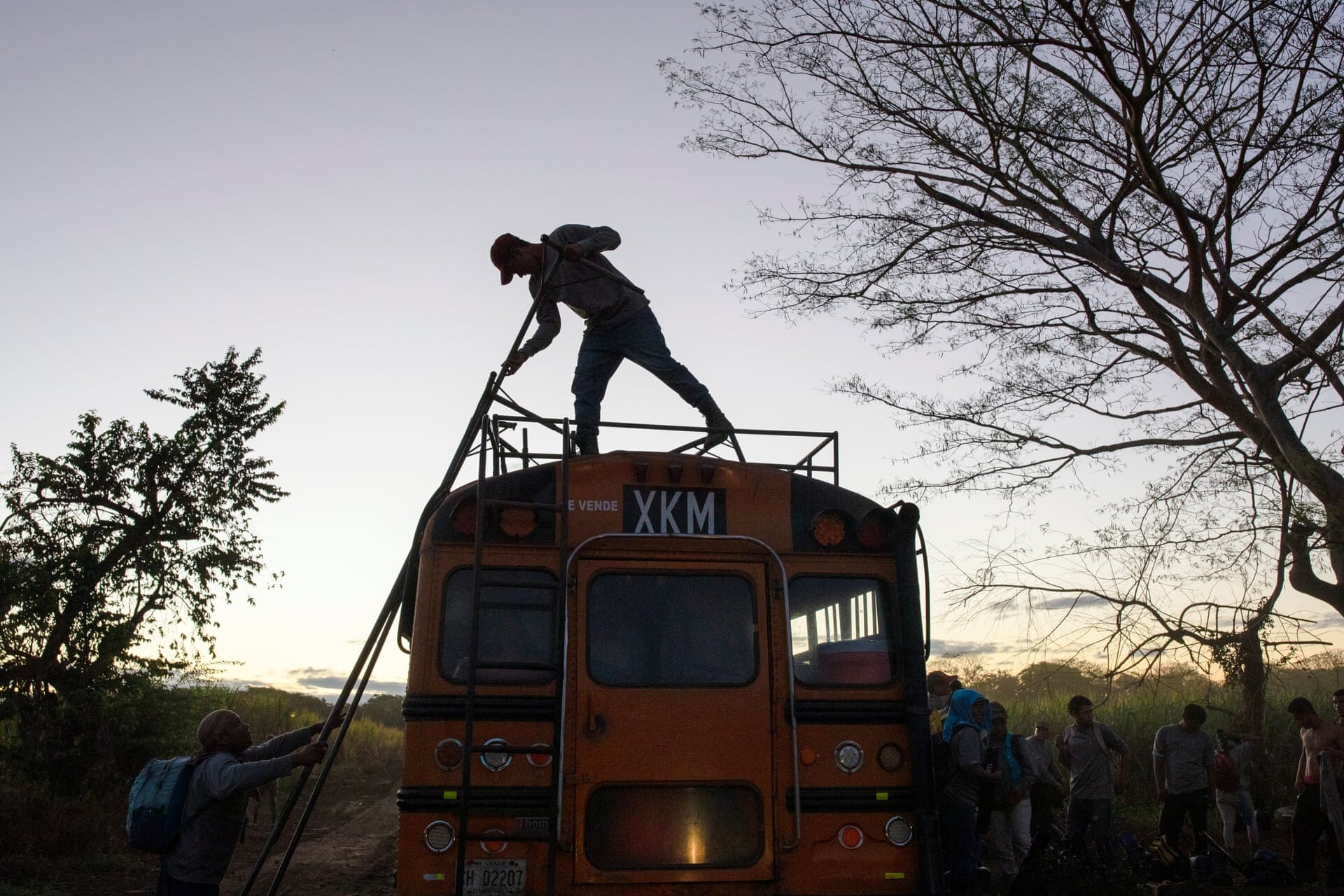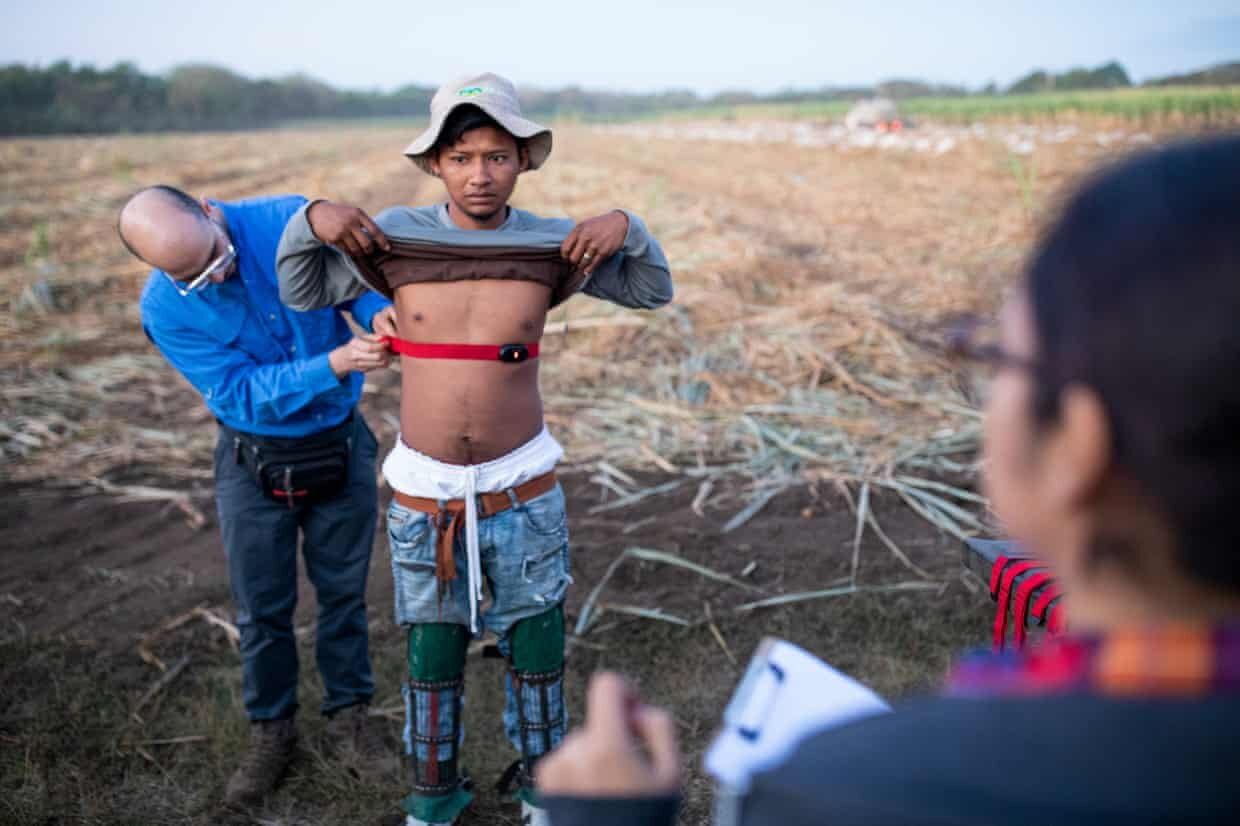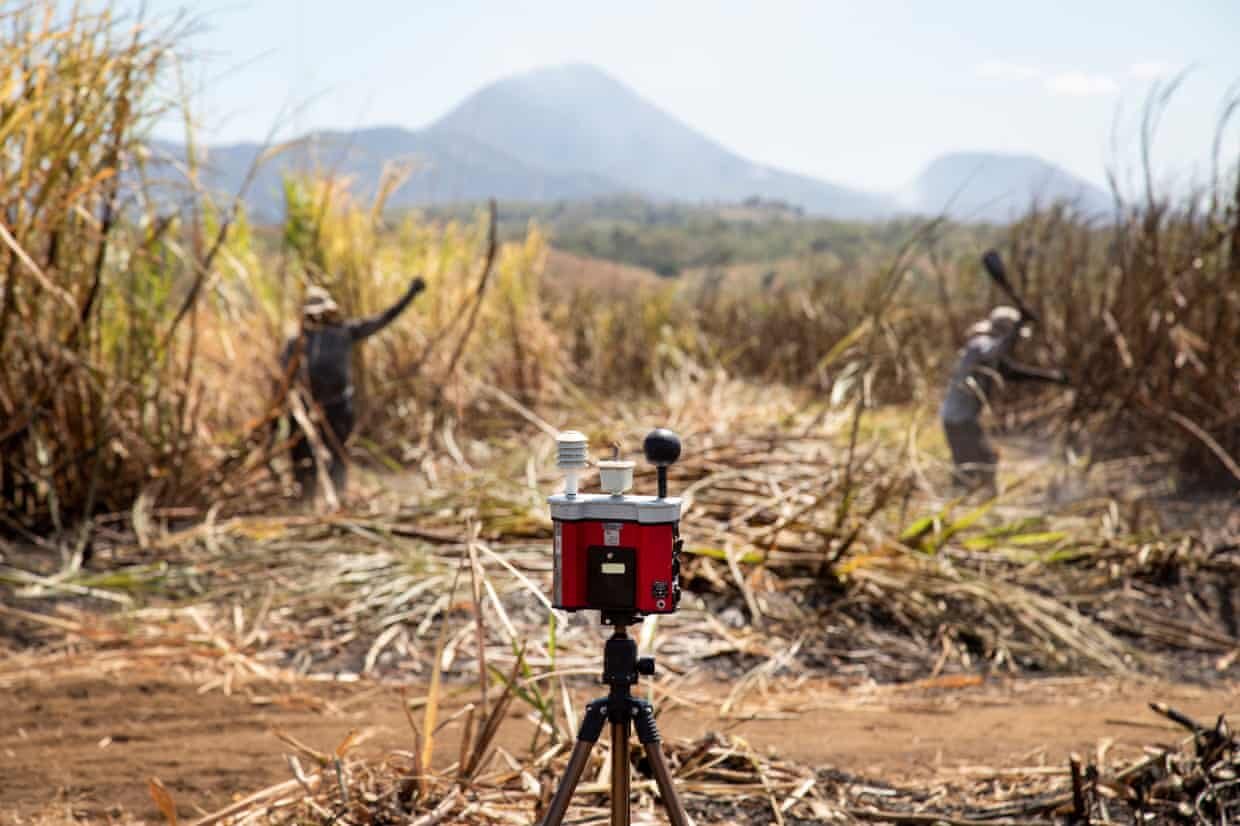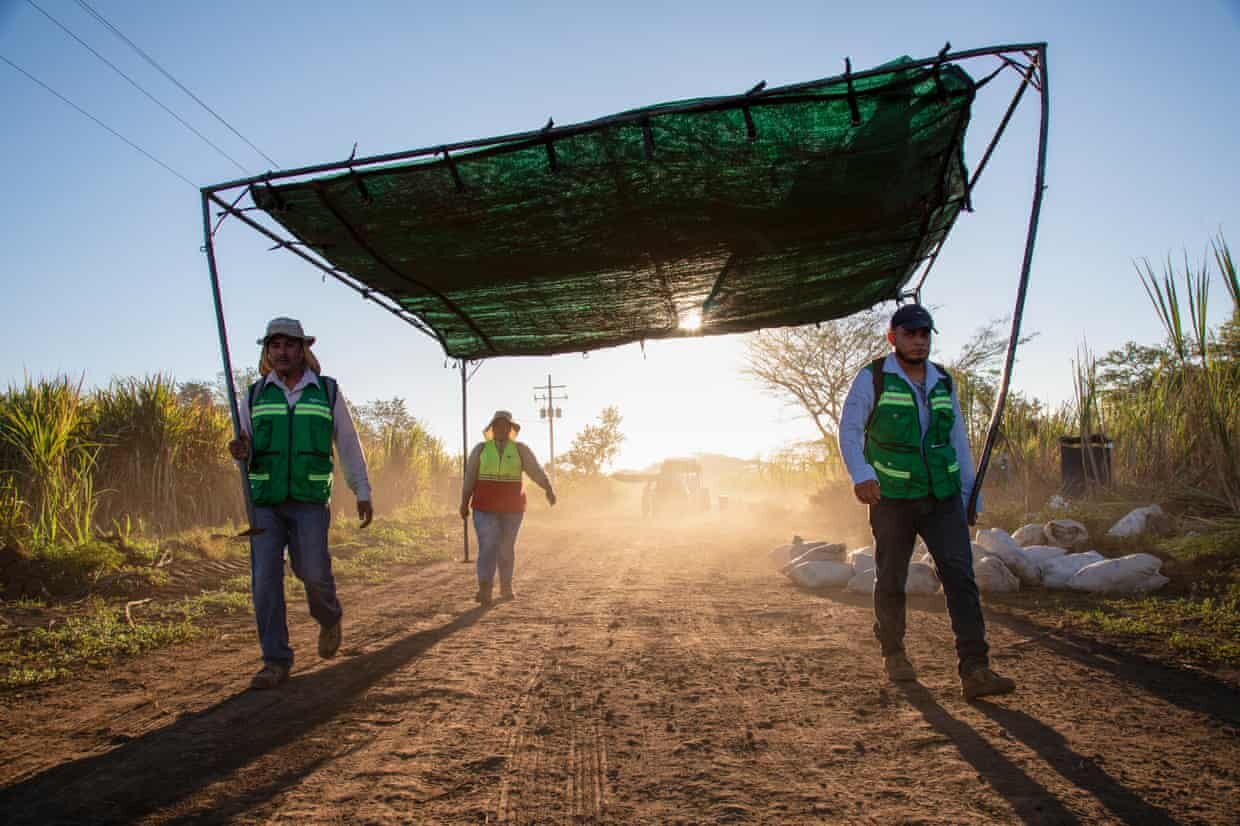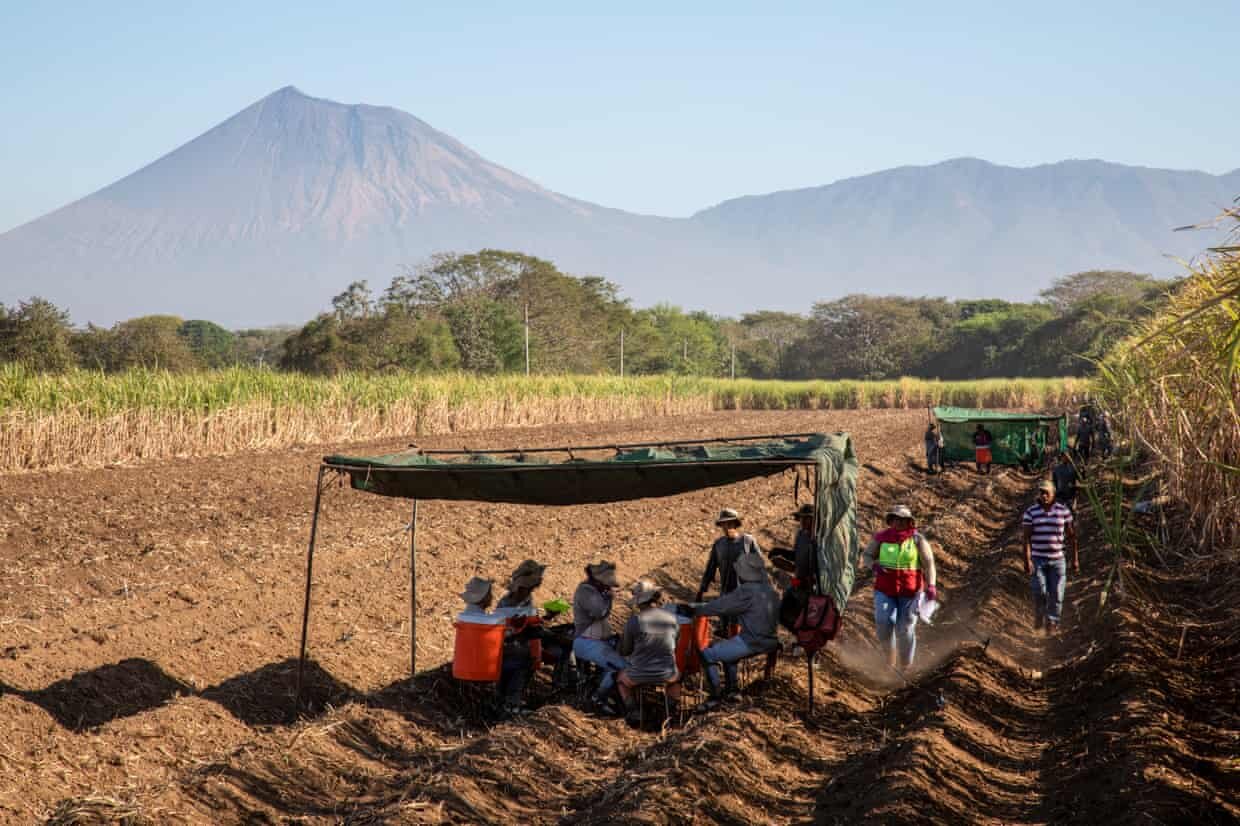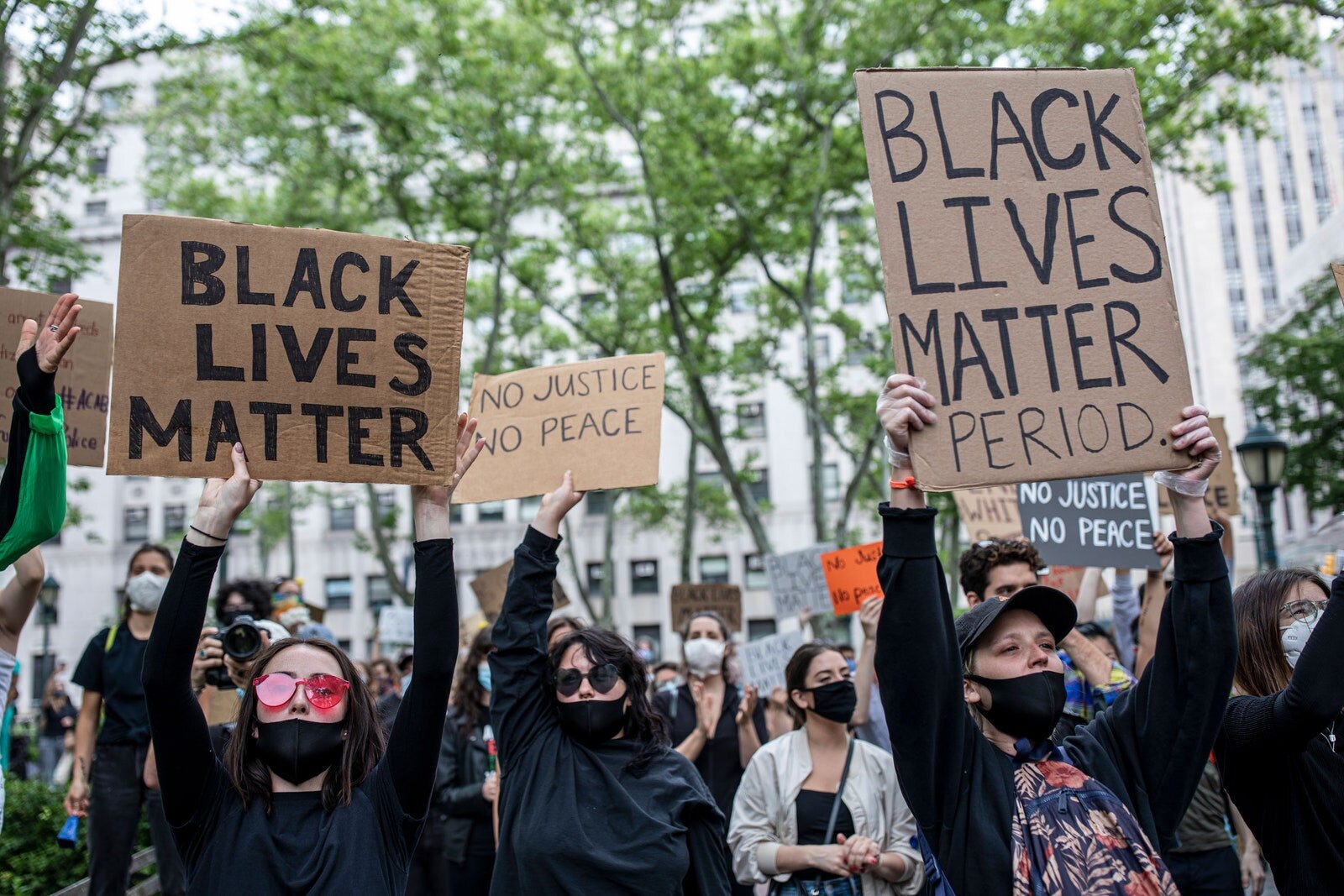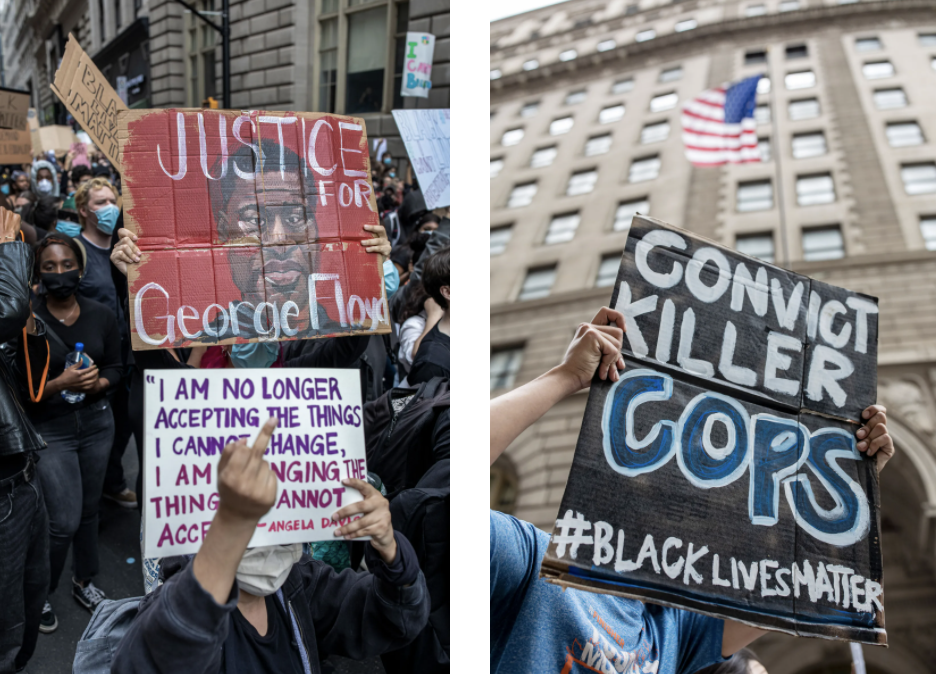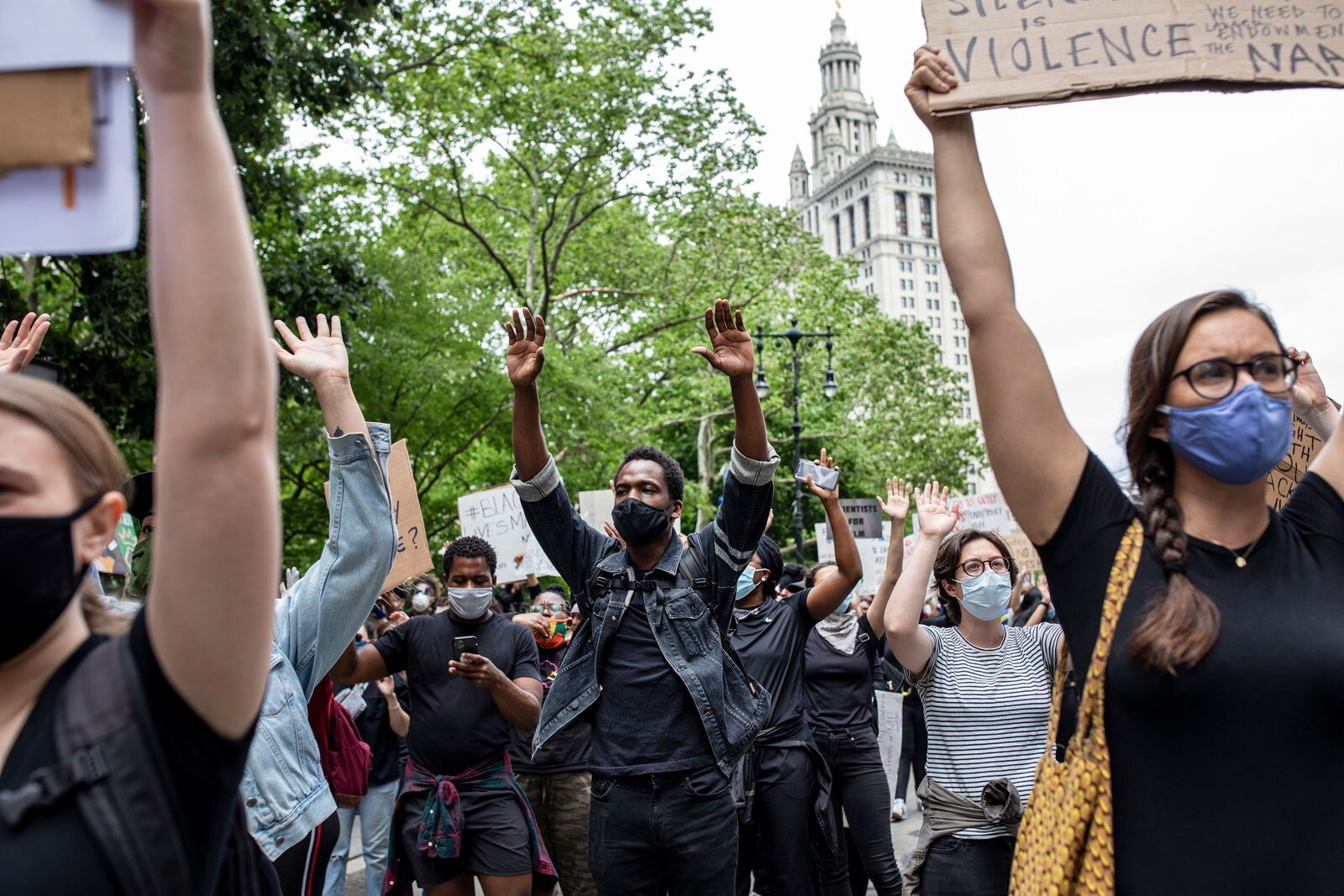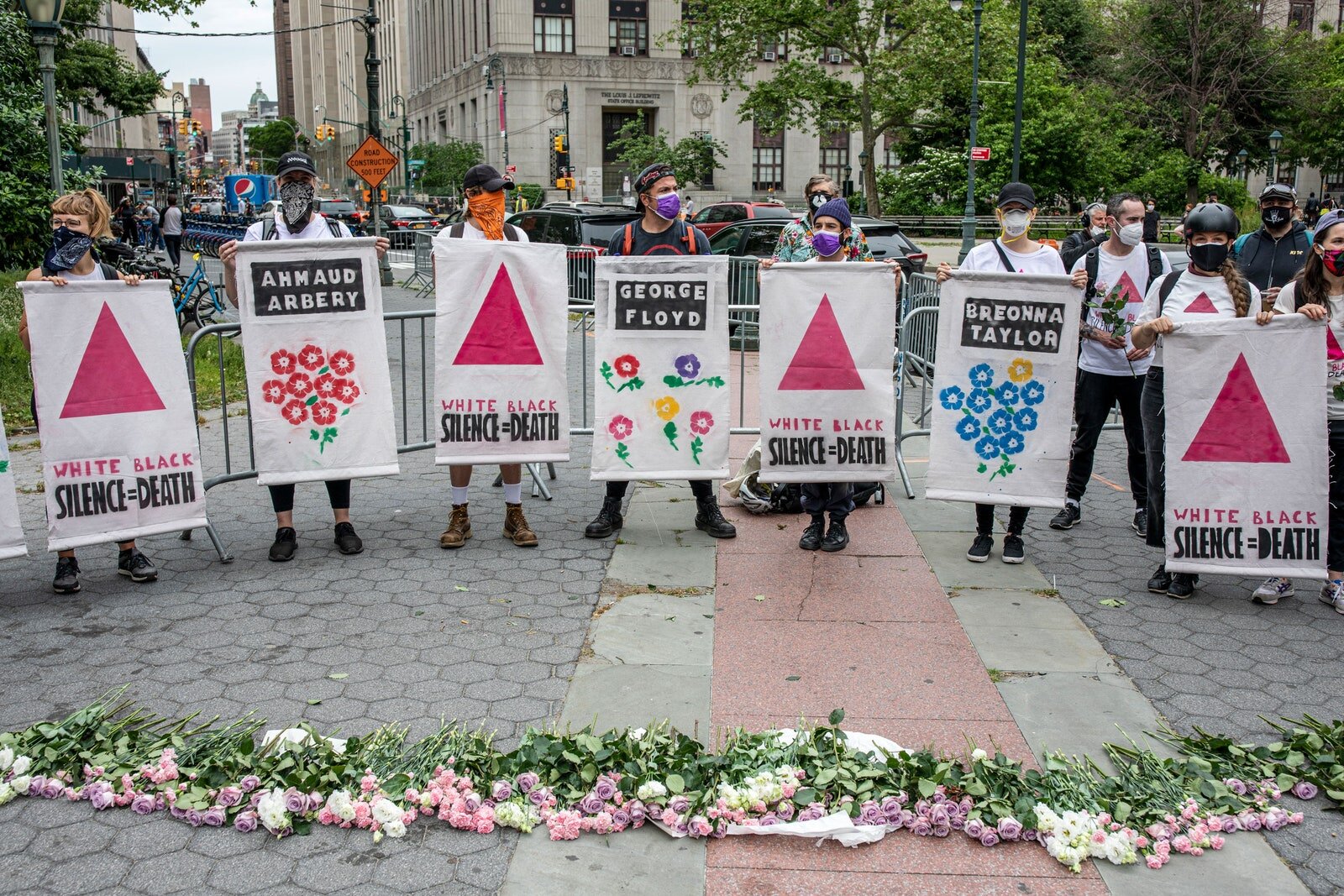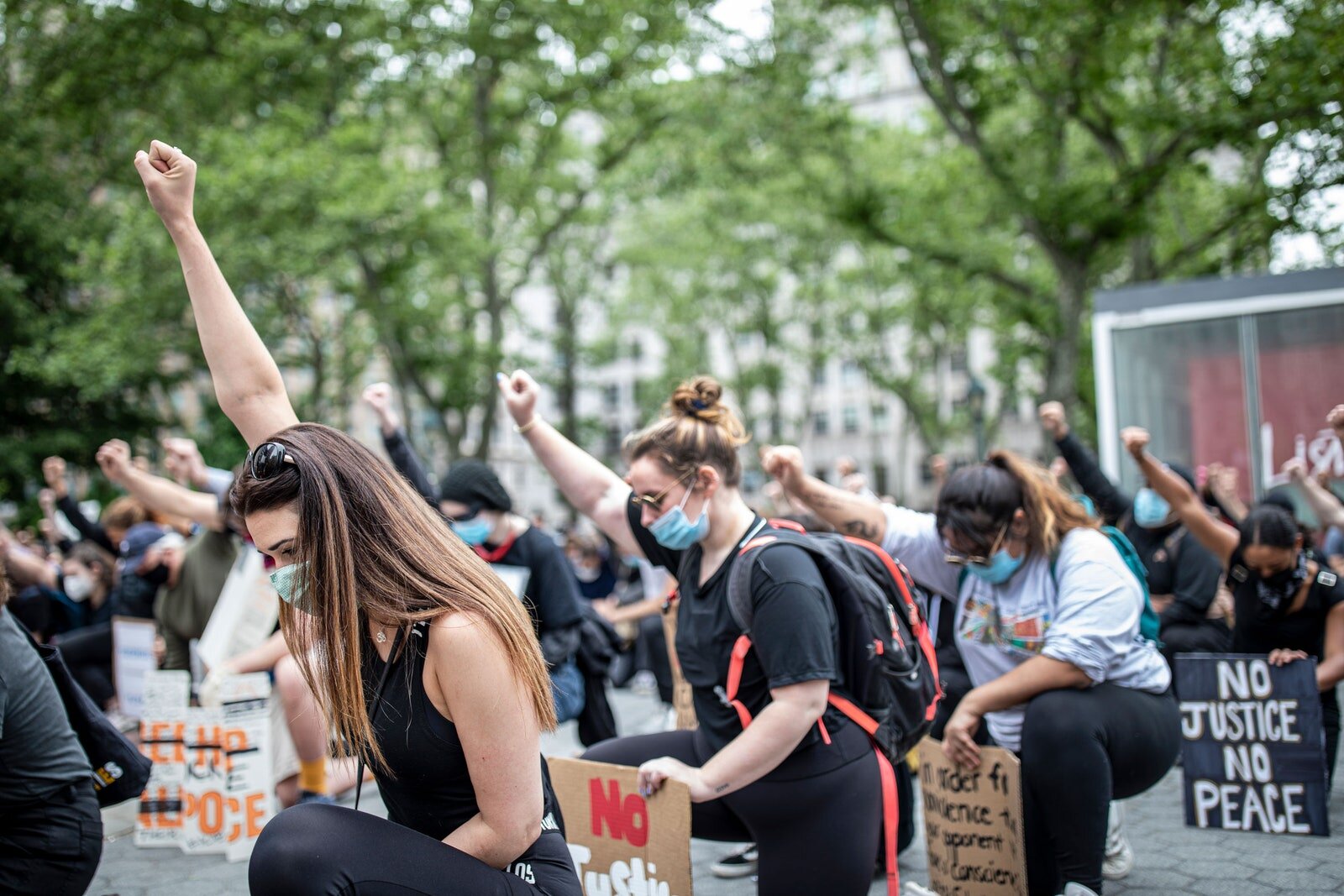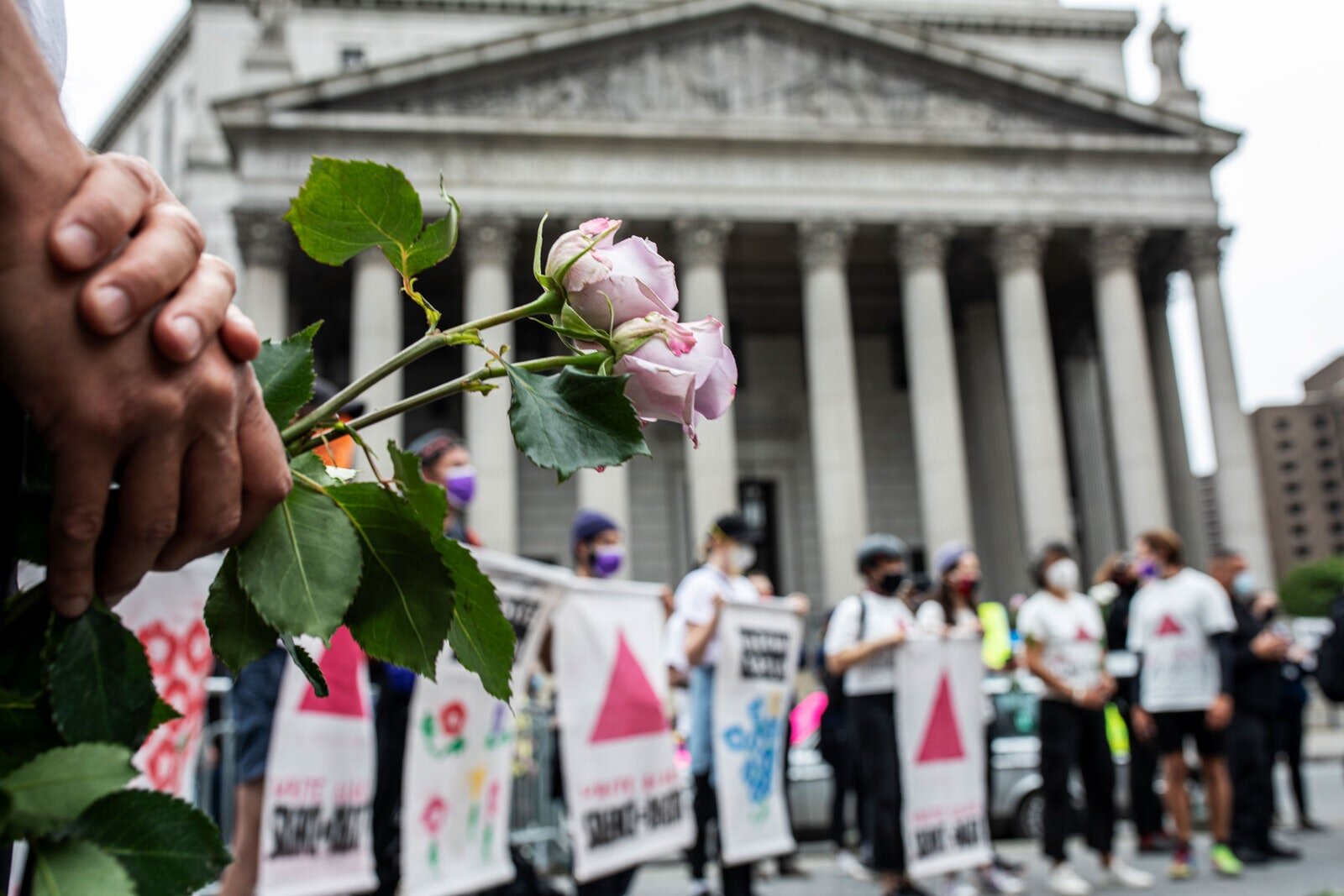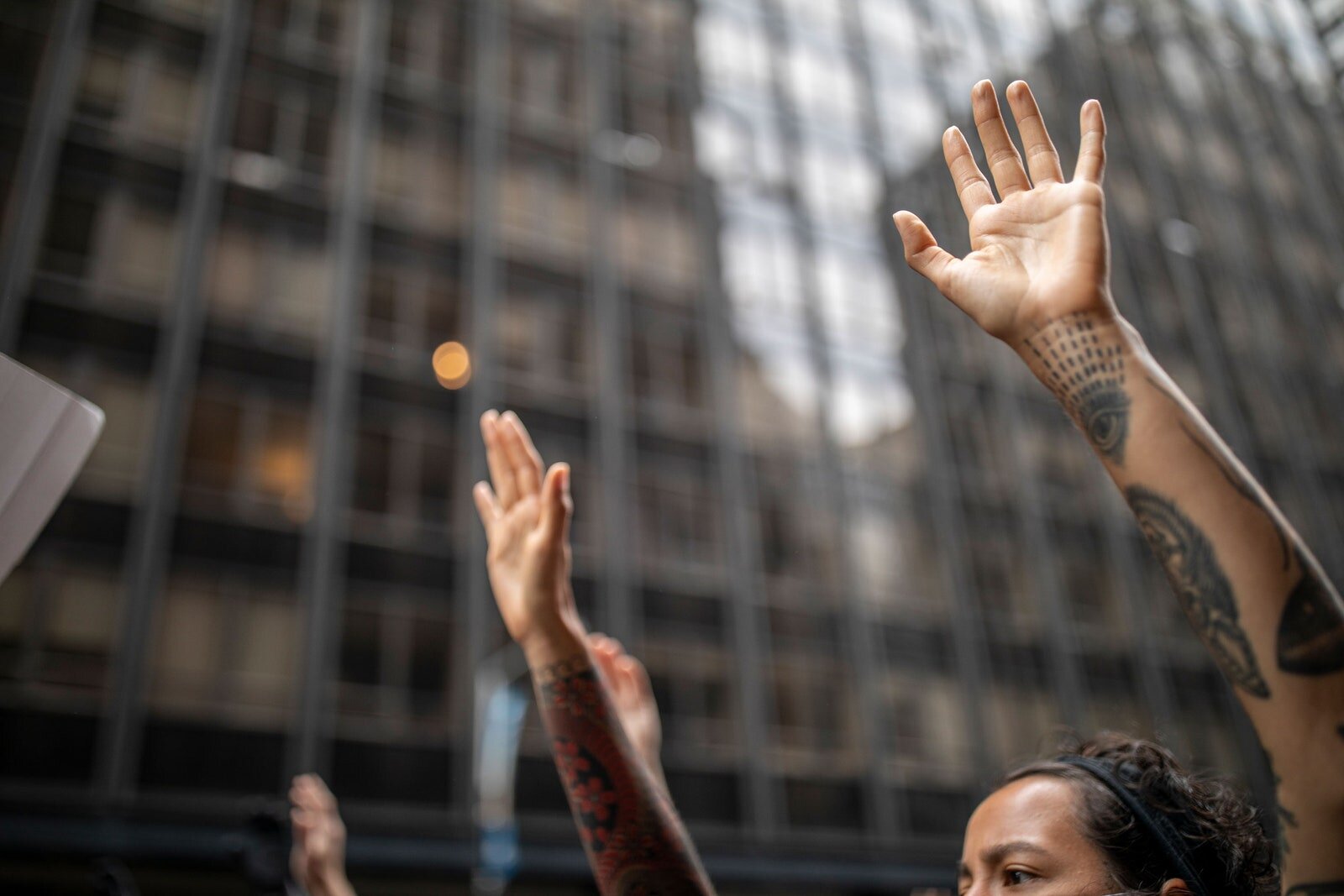A few years ago I had the pleasure of speaking with PhotoWings, whose mission it is to highlight and help facilitate the power of photography to influence the world.
Below is the feature and a few videos from their site.
In this video, award-winning photojournalist Ed Kashi tell us about some of his recent work and what motivates him in his career.
Ed Kashi is a renowned photojournalist, filmmaker, speaker and educator who has been making images and telling stories for 40 years. His restless creativity has continually placed him at the forefront of new approaches to visual storytelling. Dedicated to documenting the social and political issues that define our times, a sensitive eye and an intimate and compassionate relationship to his subjects are signatures of his intense and unsparing work. As a member of VII Photo Agency, Kashi has been recognized for his complex imagery and its compelling rendering of the human condition.
Kashi’s innovative approach to photography and filmmaking has produced a number of influential short films and earned recognition by the POYi Awards as 2015’s Multimedia Photographer of the Year. Kashi’s embrace of technology has led to creative social media projects for clients including National Geographic, The New Yorker, and MSNBC. From implementing a unique approach to photography and filmmaking in his 2006 Iraqi Kurdistan Flipbook, to paradigm shifting coverage of Hurricane Sandy for TIME in 2012, Kashi continues to create compelling imagery and engage with the world in new ways.
Along with numerous awards from World Press Photo, POYi, CommArts and American Photography, Kashi’s images have been published and exhibited worldwide. His editorial assignments and personal projects have generated nine books.
In 2002, Kashi in partnership with his wife, writer + filmmaker Julie Winokur, founded Talking Eyes Media. The non-profit company has produced numerous award-winning short films, exhibits, books, and multimedia pieces that explore significant social issues.
In 2019, The Enigma Room, an immersive installation, premiered at NYC’s Photoville festival, and has since been seen in Israel, the Netherlands, South Korea, and New Mexico, USA. The Enigma Room is an experimental multimedia projection created in collaboration with Brenda Bingham, Michael Curry, and Rachel Bolańos.
In this video, photography industry professionals Nancy Borowick, Ed Kashi, Erika Larsen, Olivier Laurent, John White, Michael Williamson, and Chuck Zoeller provide insight into the important ways that family photographs and family albums enrich our lives and contribute to the important work of documenting history.
Nancy Borowick is an internationally renowned photographer, author, teacher and speaker, delivering over 50 speaking engagements each year around the world, bringing her personal story to universities, hospitals, oncology units and community groups globally. Nancy is a graduate of the International Center of Photography and has exhibited her work in over 100 cities. Working regularly with the New York Times since 2013, Nancy has told the intimate stories of people and places from every corner of the globe winning her major accolades and awards, such as World Press Photo, Pictures of the Year International and most recently the 2018 Humanitarian Award from the organization Women That Soar for her photography and recent monograph, The Family Imprint.
Ed Kashi is an acclaimed photojournalist who uses photography, filmmaking and social media to explore geopolitical and social issues that define our times. He is also a dedicated educator and mentor to photographers around the world and lectures frequently on visual storytelling, human rights and the world of media. A leading voice in the photojournalism world, Kashi frequently lectures on a wide range of topics for arts institutions, universities, schools and professional organizations. His work has been published and exhibited worldwide, receiving numerous awards and honors. Through his editorial assignments and personal projects Kashi has published nine books, including Curse of the Black Gold: 50 Years of Oil in the Niger Delta, THREE, and Photojournalisms.
Erika Larsen is a photographer and multidisciplinary storyteller known for her essays, which document cultures that maintain close ties with nature. Her work has been included in the Smithsonian National Portrait Gallery, National Geographic Society, Fotografiska Museum and Ajtte Sámi Museum. Larsen is a recipient of several grants and fellowships including a Fulbright Fellowship, New Jersey State Arts Council Fellowship, Women in Photography Individual Project Grant, Lois Roth Endowment and a World Press Award. Her first monograph, Sami-Walking With Reindeer, was released in 2013. Larsen is currently a Fellow and Explorer with National Geographic Society.
Olivier C. Laurent is an expert in social media, he partners with the Washington Post social team on photo-driven initiatives and contributes to the InSight blog. Before the Washington Post, Olivier was most recently at TIME, where he was editor of LightBox, the magazine’s former photography website, which provided a window into how great photographs are made and drew attention to groundbreaking work by photography masters and new pioneers. Before TIME, he was the associate editor of the British Journal of Photography starting in 2008, the world’s longest running photography magazine and the editor of FLTR, the first weekly magazine on smartphone photography.
John H. White is a renowned American photojournalist. His photography documents everyday lives and political events in American cities, particularly Chicago. He was a staff photographer on the Chicago Sun-Times for 35 years, and won a Pulitzer prize in 1982.
Michael Williamson was born in Washington, but grew up in a series of foster homes and orphanages in more than 15 states. It was an experience he says that has led to his interest in documenting the plight of the homeless for the past 18 years. He and a collaborator, writer Dale Maharidge, have produced three books.The first book, "Journey to Nowhere: The Saga of the New Underclass," inspired several songs on Bruce Springsteen's album "The Ghost of Tom Joad." The pair's book "And Their Children After Them" received a Pulitzer Prize for non-fiction in 1990. He shared a second Pulitzer Prize in 2000 with colleagues Carol Guzy and Lucian Perkins for their coverage of Kosovo. A photographer with The Washington Post since 1993, Williamson was named Newspaper Photographer of the Year in the 1995 Pictures of the Year contest and Photographer of the Year in 2000 by the National Press Photographers Association.
Chuck Zoeller is director of creative services for The Associated Press. A former photographer, he joined the AP as a photo editor at the news cooperative’s New York headquarters, and later served 14 years as director of the AP Images photo library — one of the world’s largest collections of news photos. He has curated several books and exhibitions of AP photography. A graduate of the University of Rochester, he has served as chair of the Pulitzer Prize jury in photography.
From websites like Photobucket to apps like Instagram, the digital age has seen an extraordinary explosion in everyday photography, but are we archiving these images appropriately for posterity? In this video, award-winning photographers Victor Blue, Mary Calvert, Ed Kashi, Laura Roumanos, Camille Seamen, and Adriana Zehbrauskas help us understand the importance of taking care with our photographic history, so that the images can continue to inform and inspire for years to come.
Victor J. Blue is a New York based photojournalist whose work is most often concerned with the legacy of armed conflict, human rights and the protection of civilian populations, and unequal outcomes resulting from policy and politics. He has worked in Central America since 2002, concentrating on social conflict in Guatemala, and since 2009 has photographed the Counterinsurgency war in Afghanistan. He has completed assignments in Syria, Mexico, El Salvador, Honduras, Iraq, and India, and has documented news stories and social issues across the United States. He worked as a staff photographer at The Record in Stockton CA, and holds a Masters Degree in Visual Communication from Ohio University. In 2010, 2011, and 2015 his work in Afghanistan was honored in Pictures of the Year International. In 2017 he garnered three awards in the Pictures of the Year International.
Mary Calvert is committed to using photography to affect meaningful social change and is known for producing work on gender-based human rights issues. Calvert has been focusing her journalistic attention on the continually under-reported relegation and abuse of women in the US Armed Forces. Her work “Sexual Assault in America’s Military” was awarded 1st Prize, Long Term Projects in the 2016 World Press Photo Contest. Calvert has won the Robert F. Kennedy Journalism Award twice and is a two-time Pulitzer Prize finalist in Feature Photography. Recently, Calvert was awarded the 2015 W. Eugene Smith Memorial Fund Fellowship.
Ed Kashi is an acclaimed photojournalist who uses photography, filmmaking and social media to explore geopolitical and social issues that define our times. He is also a dedicated educator and mentor to photographers around the world and lectures frequently on visual storytelling, human rights and the world of media. A leading voice in the photojournalism world, Kashi frequently lectures on a wide range of topics for arts institutions, universities, schools and professional organizations. His work has been published and exhibited worldwide, receiving numerous awards and honors.
Laura Roumanos is the executive producer and co-founder of United Photo Industries and Photoville where she has produced over 400 photo exhibitions and public projects worldwide. Originally from Sydney, Roumanos worked as a Producer and Arts Administrator before making the big move to NYC where she joined the Manhattan Theatre Club. She then headed to St. Ann’s Warehouse as the General Manager for several years where she worked to help present and produce large-scale international theatre, music, and art events.
Camille Seaman was born to a Native American (Shinnecock tribe) father and African American mother. She graduated from the State University of New York at Purchase, where she studied photography with Jan Groover and has since taken master workshops with Steve McCurry, Sebastiao Salgado, and Paul Fusco. Her photographs have been published in National Geographic Magazine, Italian Geo, The New York Times Sunday magazine, Newsweek, Outside, Zeit Wissen, Men’s Journal, Camera Arts, Issues, PDN, and American Photo among many others. Her photographs have received many awards including: a National Geographic Award, 2006; and the Critical Mass Top Monograph Award, 2007.
Adriana Zehbrauskas is a Brazilian documentary photographer based in Mexico City, Mexico. Her work covers mostly issues related to migration, religion and the aftermath of the violence related to the drug wars in Mexico as well as the daily life of sub and misrepresented communities. She contributes regularly to The New York Times, BuzzFeed News, The Washington Post and others. She’s one of the recipients of the first Getty Images Instagram Grant and was awarded Best Female Photojournalist -Troféu Mulher Imprensa (Brazil). Her mobile photography work was selected by Time Magazine for the “29 Instagrams That Defined the World in 2014″ and her project on Faith in Brazil and Mexico was awarded a Art & Worship World Prize by the Niavaran Artistic Creation Foundation.


